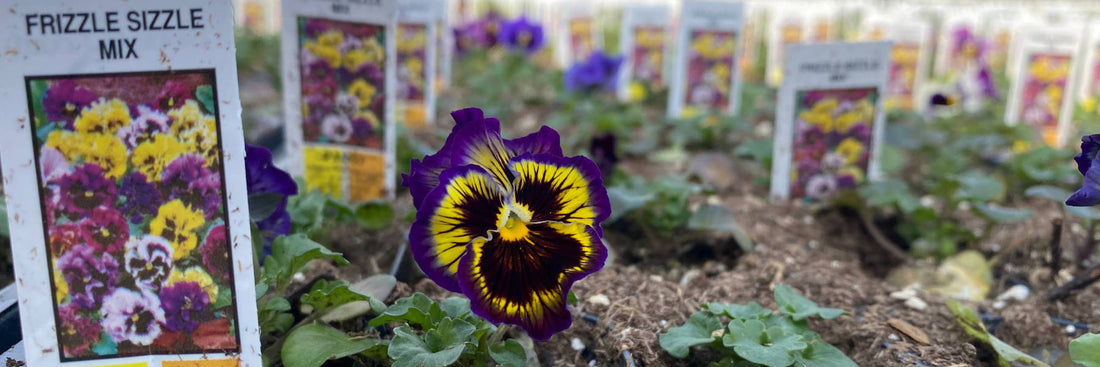Anyone can make a great annual garden. From simple to elaborate, the possibilities are limitless.
Looking at pictures is a great way to get ideas for plant combinations, color schemes and interesting ideas. While space (or lack of it) can be a challenge either way, it is a fun stress relieving way to spend time with family, friends or just “Me” time.
Often convenience plays a big part, especially for today’s busy lifestyle. The selection of plant variety makes it easy to rearrange your garden and add new elements of interest and beauty from year to year.
For busy two- worker families who don’t have time to produce large annual gardens, a number of well-placed pots on the deck can often do the trick. For the elderly who can’t garden anymore, sometimes a simple tomato plant conveniently placed located by the back door may be enough to satisfy the craving for fresh veggies and to recall the memories of the past.
Planting Your Annuals
Remember to pay attention to the light requirements each plant requires as you plan your gardens. Color combinations are a matter of preference so just have fun and experiment or ask for assistance when choosing your plants. Prepare beds by raking debris and pulling weeds. Incorporate #1 Baccto Lite Premium Potting Soil with the existing soil for best results.
Fertilizer
#2 Espoma Flower-Tone fertilizer can be incorporated into the soil as you are preparing your beds or top dressed as a primary source of fertilizer.
#3 PW Premium Water Soluble Plant Food can be watered in once per week when plants are actively growing.
Watering Tips
1. Water the soil not the plant.
2. Water in the morning, avoid watering in the evening unless plants are wilting.
3. Make sure that there is no standing water in your annual beds. It is best to never allow a plant to set in water.
4. Over and under watering is the number one killer of plants!
5. Lawn sprinkler irrigation may have to be adjusted or reduced for annual plants to thrive. Keep in mind that your lawn can take ten times the amount of water that most annuals can.
Sun or Shade
Sun and/or shade are critical factors in plant placemen. Before purchasing a plant, spend a day figuring out how much actual sun you receive. It is also important to know how much light (not direct sun) you have. Remember as seasons change so does the direction of the sun and sun hours. We will try to help you select the correct plant for this location but without actually visiting the plant site, we can only go on the information you give us.
Tips for Creating Annual Gardens
1. For a nice surprise in the spring, plant spring bulbs in your fall beds and then plant your fall flowers over them. In the spring as your plants are tiring, you will have beautiful spring bulbs blossoming.
2. In your garden, mix plants with at least three textures of foliage to make more interesting.
3. Use some plants that are foliage plants (with no flowers) in your designs. In most cases, foliage color, leaf shape, and texture are just as important as the flowers themselves.
4. To add interest, vary the shape of the flowers in your garden or plant large masses of color to make a bold statement!
5. Bicolor flowers are becoming more available and are great for color echoing.
6. Sometimes you just have to do some “snipping and tucking” if faster growing plants are mixed in with slower growing ones.
7. Vegetable annuals mix well with other annuals, perennials, tropicals, and bulbs, as long as they have the same care requirements (ex. sun, water, etc.) Everything and anything goes as long as it is pleasing to the eye.

